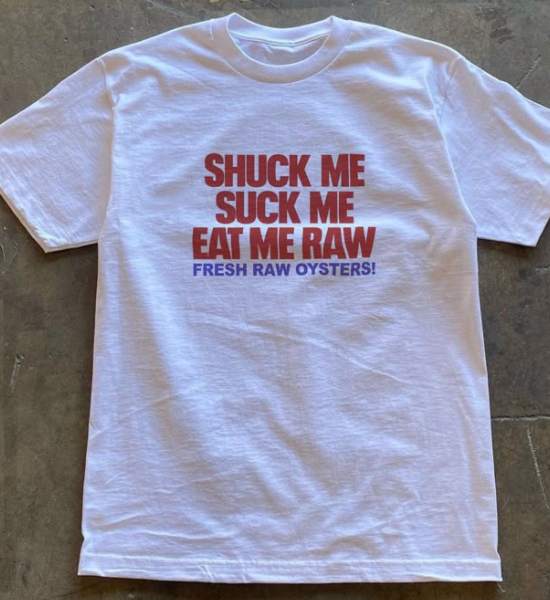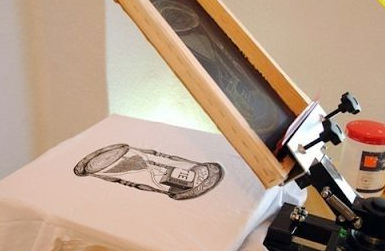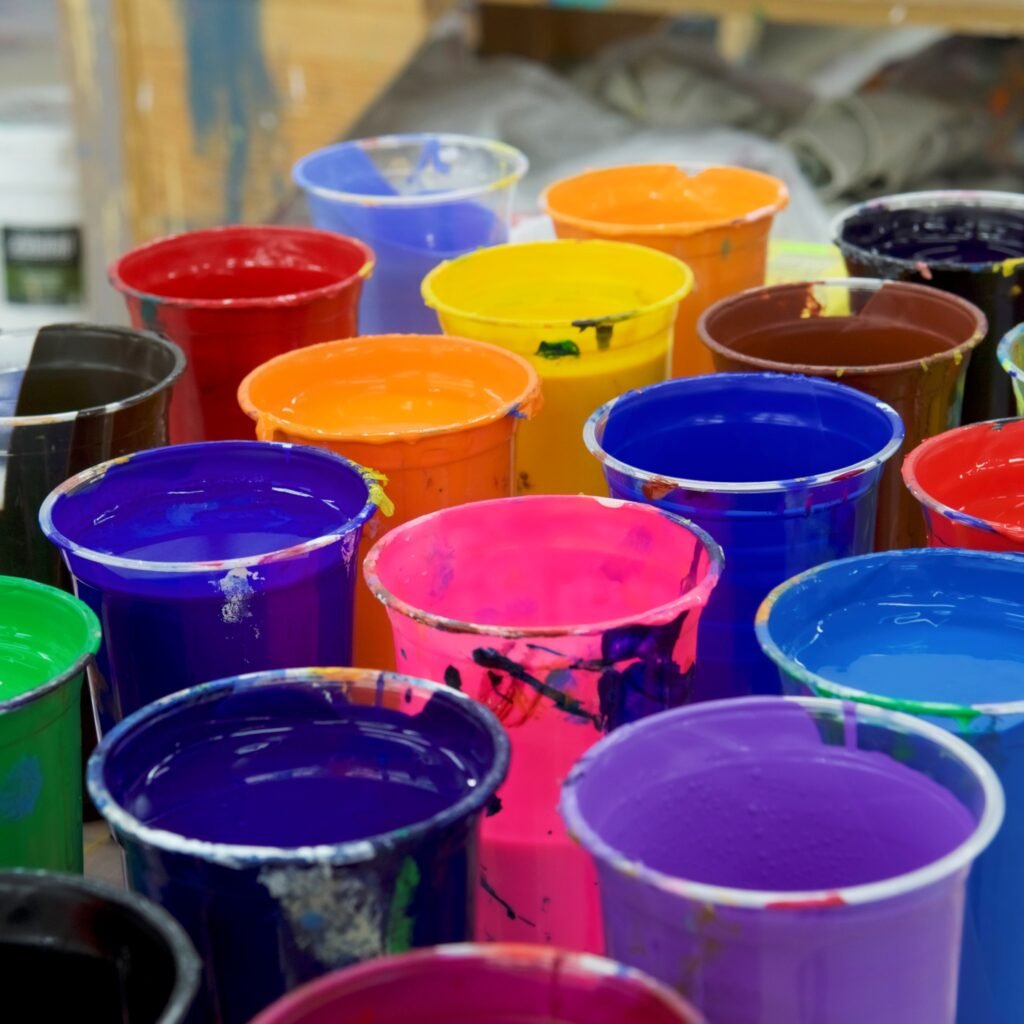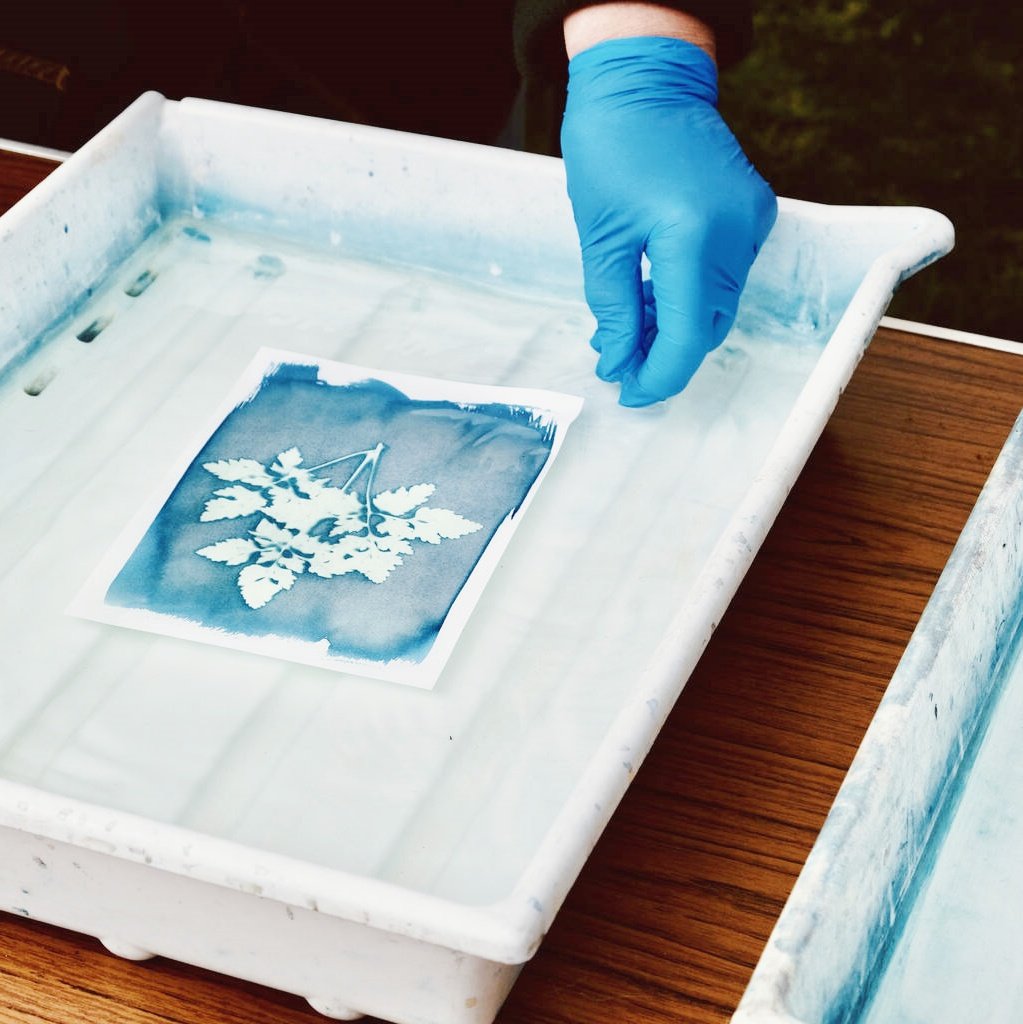Spis treści
Tusz Plastisolowy o Wysokiej Gęstości: Przełom w Sitodruku
Tusz plastizolowy o dużej gęstości is changing the world of screen printing. This thick, strong ink lets you make Projekty 3D, jasne kolory, and prints that last for years. Let’s learn how it works and why you should try it!
Czym jest tusz plastizolowy o dużej gęstości?
Tusz plastizolowy o dużej gęstości is a special ink used in sitodruk. It is made from:
- Żywica PCV (rodzaj plastiku).
- Plastyfikatory (oils that make the ink soft).
- Dodatki (to make it thick and strong).
When heated, this ink hardens into a raised design you can feel with your fingers. Brands like Wilflex Quantum HD oraz FN Ink Xenon Series make popular versions of this ink.

Top 5 Reasons to Use High-Density Plastisol Ink
- 3D Texture: Makes designs pop out like a sticker.
- Bright Colors: Stays vibrant on black shirts and dark fabrics.
- Trwałość: Won’t crack, fade, or peel after washing.
- Działa na wielu materiałach: Use it on cotton, polyester, bags, mugs, and more.
- Opłacalny: Saves money because prints last longer.
How to Use High-Density Plastisol Ink
Tools You Need:
- A ekran z Liczba oczek 110-160.
- A ściągaczka (to push ink through the screen).
- A suszarka błyskawiczna (to heat and harden the ink).
Step-by-Step Guide:
- Przygotowanie ekranu:
- Use thick emulsion.
- Keep the screen slightly above the fabric.
- Wydrukuj projekt:
- Layer the ink 2-3 times.
- Use the flash dryer between layers.
- Wylecz tusz:
- Heat at 320°F Do 45-60 seconds.
Wskazówka dla profesjonalistów: Machines like Sprzęt drukarski M&R give the best results.
High-Density Plastisol vs. Other Inks
| Rodzaj tuszu | Najlepszy dla | Najgorsze dla |
|---|---|---|
| Plastizol o wysokiej gęstości | 3D textures, bold logos | Projekty przyjazne dla środowiska |
| Atrament na bazie wody | Soft, light designs | Ciemne tkaniny |
| Wyładowanie tuszu | Vintage, faded looks | Polyester materials |
Przykład: Wybierać plastizol o dużej gęstości for hats or shirts with raised logos.
Rozwiązywanie typowych problemów
| Problem | Rozwiązanie |
|---|---|
| Wyśmienity | Cure longer at 320°F |
| Color Bleeding | Dodać low-bleed agents |
| Ink Not Sticking | Clean the fabric first |
Tool to Try: Rutland EVO additives help prevent bleeding.
Eco-Friendly High-Density Inks
Newer inks are safer for people and the planet:
- Phthalate-free options (like MagnaKolory).
- Podążać Certyfikat Oeko-Tex Standard 100 (safe for skin contact).
Wskazówka: Recycle screens and ink containers to reduce waste.
Przykłady ze świata rzeczywistego
- Nike: Uses 3D ink on sports jerseys for texture.
- Adidas: Makes limited-edition shirts with raised logos.
- Artists: Create gallery art with tactile designs.
Event: See new inks at DRUKOWANIE Zjednoczone Expo.

Przyszłe trendy
- Tusze hybrydowe: Mix plastisol with water-based inks for softness + durability.
- Digital Tools: Software like AccuRIP helps design precise patterns.
Should You Try High-Density Plastisol Ink?
Yes if you want:
- Designs that wyróżniać się.
- Prints that survive 100+ washes.
Start small: Test it on a sample fabric first!
Często zadawane pytania
Can I use this ink on polyester?
Yes! Add a low-bleed agent to stop colors from spreading.
Can I print fine details?
Użyj 160+ mesh screen for thin lines and small text.
How to reduce waste?
Measure ink carefully and reuse screens.



